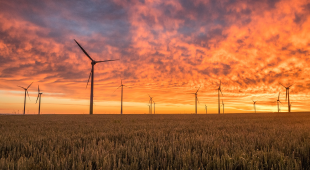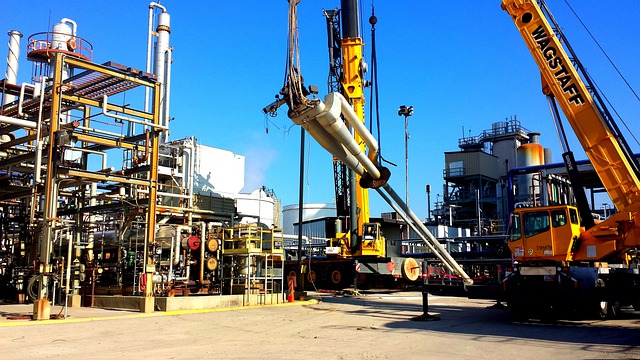There has been a great improvement over the past decade in the safety of workers in the oil and gas industry. The number of incidents and deaths has reduced by half out of 100 workers in 2021 as compared to the 1970s. It is estimated that 38 workers died in the 1970s per 100 workers as against 15 deaths out of 100 workers in 2021.
However, there exist innate dangers in the energy industry in which the possibility of workers being exposed to environments that are hazardous, hydrocarbons in the form of gases and vapours, hefty gear and equipment and also working spaces with unsafe working spaces, e.g, working at high heights on an oil platform.
The American Bureau of Labour Statistics in the year 2020 recorded 44 deaths of employees in the industry that deals with the extraction of oil and gas.
All oil and gas companies in the USA are advised to have in place stringent procedures and policies to help reduce the danger posed by these hazards and make sure that all contractors and employees go through the necessary stages of training and Personal Protective Equipment to prevent injury. This recommendation comes from the Occupational Safety and Health Administration (OSHA) in the United States.
The following are the top 5 key safety risks in the oil and gas industry.
Vehicle Collisions
According to the Centers for Disease Control and Prevention (CDC), almost 40% of fatal workplace injuries in the oil production and gas production sector are caused by automobile accidents. Driver weariness as well as long shift schedules alongside long trips to isolated drill sites may be factors in these accidents.
Hit-By, Caught-Between or Caught-In
There are a variety of vehicles in motion, and heavy machinery including cranes/hoists, elevator bales, high-pressure lines, etc on oil and gas construction sites. About 60% of workplace deaths in the oil and gas extraction industry are caused by being struck by falling and/or moving equipment or getting caught in between falling or moving equipment.
Fires and Explosions
Workers in the hydrocarbon industry are always exposed to gases that are explosive and flammable. According to OSHA, these gases can come from a variety of places, including manufacturing machinery, shale shakers, tanks, wells and trucks. When doing tasks like welding in settings with a risk of explosion, workers must exercise extreme caution.
Falls
There is the risk of falling from a mast or drilling platform and other high platforms. This is a risk hat oil and gas industry personnel must deal with. Employers must make sure that their workers are given the necessary training. They should also make sure that “fall arrest” devices, including safety harnesses, must be available to workers who are working at heights, in order to reduce these hazards. Some workplace fall-related fatalities can be linked to improperly applying safety measures or following protocols incorrectly.#5: Confined Spaces
Enclosed Areas
Constrained areas like pits and storage tanks are used in oil and gas exploration operations. Workers may come into contact with potentially dangerous or flammable chemicals when they enter these settings. If they are recognized to include possible air risks, further caution must be taken to put on protective gear and to keep an eye on them constantly.
Other dangers comprise lifting heavy objects, which can lead to back or muscular injuries, dangers from blowouts from high-pressure lines or hardware, and dangers from electrical or other sources of energy.











Leave feedback about this